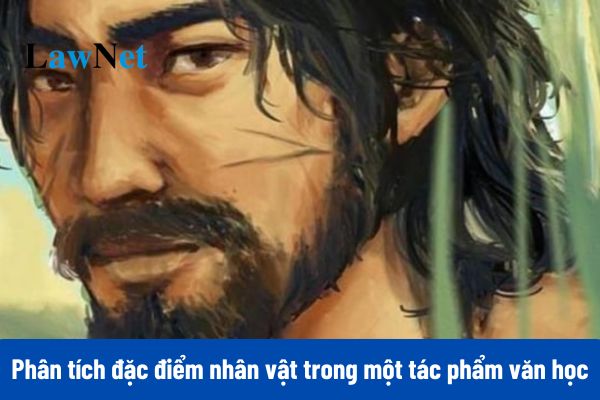Vietnam: What are the sample essays on analyzing the characteristics of a character in a literary work in the 7th-grade Literature curriculum? What are the assessment methods for 7th-grade Literature?
What are the sample essays on analyzing the characteristics of a character in a literary work in the 7th-grade Literature curriculum?
Students can refer to the following sample essays on analyzing the characteristics of a character in a literary work in the 7th-grade Literature curriculum:
|
Character Co Tam In the treasure trove of Vietnamese folklore, there are many beautiful fairy tales that leave profound and meaningful lessons. The story "Tam Cám" is one such work, with the character Co Tam representing the beauty of Vietnamese women—beautiful both in looks and virtues. Despite living in difficult circumstances, she maintains a kind and diligent character, which ultimately brings her happiness in the end. |
| Example Essay on Analyzing the Characteristics of a Character in a Literary Work - Character Vo Tong In the excerpt "Người đàn ông cô độc giữa rừng", writer Doan Gioi portrays Vo Tong - a character with a free-spirited, righteous personality, tinged with a bit of rebelliousness and roughness. The name Vo Tong reminds us of the character of the same name in the famous novel "Thuy Hu" by author Thi Nai Am. The excerpt "Đi lấy mật" explains the origin of the name Vo Tong. The locals do not know Vo Tong's real name. They only know that more than ten years ago, he paddled alone into the forest full of wild animals to build a hut. Tales circulated of Vo Tong single-handedly killing more than twenty tigers. This feat earned him the name Vo Tong because Vo Tong in "Thuy Hu" was a strong person who fought and defeated a tiger. His tiger-fighting displays extraordinary strength and rare bravery regardless of the literary work. Vo Tong's appearance suggests a fierce person, yet his personality is kind-hearted and straightforward. In the eyes of An, Uncle Vo Tong is an approachable, good-natured, generous man. His way of dressing is very rustic: bare-chested, wearing long-unwashed khaki pants. His manner of speaking is humorous and relatable. Vo Tong's life is marked by suffering. Once having a happy family, a beautiful wife with an unborn child. Due to a misunderstanding, Vo Tong ended up in jail. Upon his return, his wife had remarried, and the unborn child had passed away. In despair, he left the village to live alone in the forest. Despite his strange appearance, people loved him for his character. Vo Tong is also a thoughtful and thorough individual. He gave An's foster father arrows he had prepared, dipped in poison to kill the French invaders. Like many other Vietnamese, Vo Tong harbors love for his homeland and hatred for the invaders. Thus, Uncle Vo Tong in Doan Gioi's Dat Rung Phuong Nam is a character with a fierce exterior but is inherently rich in humanity. This character represents the South Vietnamese with their generous, kind, and affectionate nature. |
|
Character De Men One of the renowned works for children is "Dế Mèn phiêu lưu kí" by writer To Hoai. In "Bai hoc duong doi dau tien," the main character, De Men, is vividly depicted by the author. |
Note: The information is for reference only!

What are the sample essays on analyzing the characteristics of a character in a literary work in the 7th-grade Literature curriculum? (Image from the Internet)
What are the assessment methods for 7th-grade Literature in Vietnam?
Under Clause 3, Article 5 of Circular 22/2021/TT-BGDDT:
1) Conduct assessment for: Physical education (PE), Art, Music, Fine Arts, local education subjects, experience learning activities, and career counseling; learning results of subjects shall be categorized as “Đạt” (Qualified) or “Chưa đạt” (Unqualified).
2) Conduct assessment based on both feedback and scores for subjects in formal education program, except for those under Point a of this Clause; subject-based learning results shall be given in a total of 10 scores, any other form of scores must be converted to 10-score model. Assessment score must be an integer or a decimal number rounded to the nearest tenths.
7th-grade Literature is assessed based on both feedback and scores.
What are the objectives of assessing 7th-grade students in Vietnam?
Under Article 3 of Circular 22/2021/TT-BGDDT, the objectives of assessing 7th-grade students in Vietnam are:
- identify the level of accomplishment of training and learning tasks of students as per requirements under formal education program;
- provide accurate and timely information to allow students to adjust training and learning activities while allowing education officials and teachers to adjust teaching activities.

